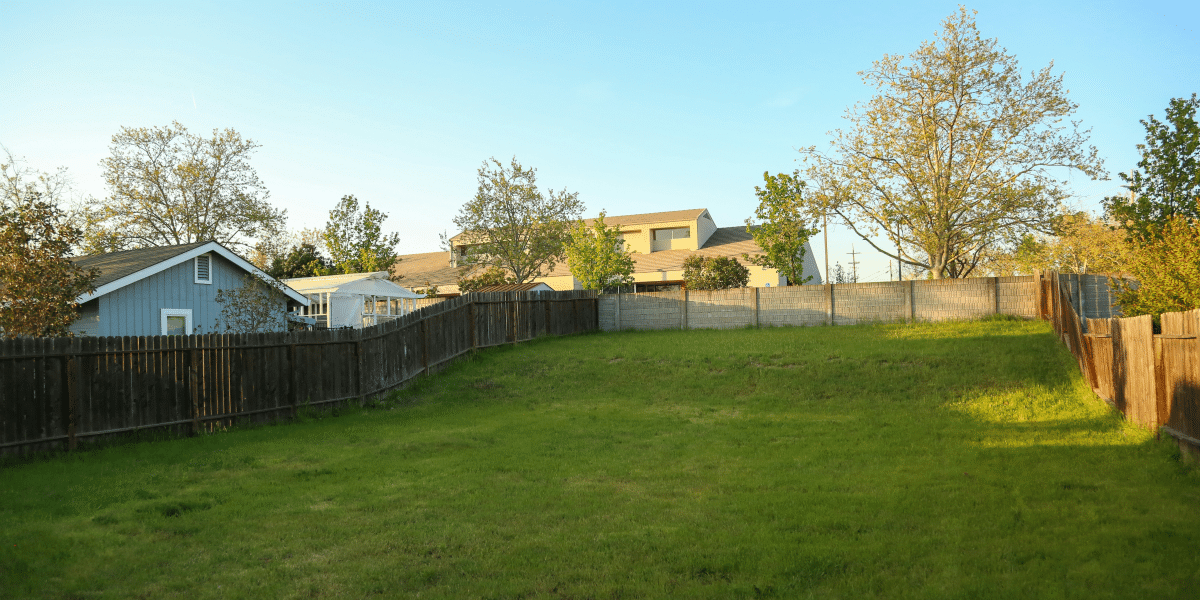Climate change is affecting many aspects of our lives, including our lawns. The world’s temperatures are rising, and precipitation trends continue to change. Our lush lawns are suffering the consequences. Here are four ways in which climate change is affecting our lawns.
1. Rising Temperatures and Longer Heatwaves
Climate change is causing temperatures to rise, resulting in more intense heatwaves. Warmer temperatures are taking a toll on our lawns. Warmer temperatures cause stress on the grass, which leads to other problems. Not only does the grass dry out and cause brown spots, but it can cause the grass to stop growing and die. Unhealthy grass is more susceptible to diseases and pest problems.
2. Changes in Precipitation
Precipitation trends are changing because of climate change. There are long periods of no rain, and when it does rain, it is more intense. Drought or long periods between rain events cause the lawn to become dried out, causing the grass to become damaged. Grasses do not have a strong root system, leaving them to suffer during dry periods.
Too much rain is not ideal for the grass either. Periods of heavy rain can cause soil erosion or the soil to become compact. Either problem is not beneficial for the grass. Too much rain depletes the soil nutrients, which affects the grass.
3. Pest Problem
When winters are shorter and not as cold, your lawn becomes a playground for pests. Grubs, for example, make their way down deep into the soil. Warmer winters cause them to stay awake and snack on the roots of your grass. They also attract unwanted creatures such as moles and skunks. Warmer winters do not kill harmful pests like ticks and fleas. Cinch bugs are another pest capable of surviving mild winters. They are destructive. They drink the liquid out of the grass, causing it to die.
4. Diseases
Changing climate patterns can cause increased humidity. Too much moisture can cause several types of fungal diseases. Lawns can suffer from dollar spots, rust, and brown patches.
What Can You Do?
You may not combat climate change, but there are steps you can take to protect against the effects of climate change. First, choose grasses native to your area. They are more suited to the weather, will withstand changes better, and do not need as much water.
Consider installing a sprinkler system. Not only will it help to keep your lawn watered during periods between rainfalls. It is not only more economical but is better for the environment.
Keep fertilization on the light side. Too much fertilization can become a home for more pests. Light fertilization will help to keep the lawn healthy without causing other complications. Check your lawn often for pests. Stopping an infestation will help to keep your lawn healthy for a long time.
Finally, routine lawn care, such as mowing, mulching and composting, are natural ways to keep your lawn healthy and reduce the effects of climate change. Mulching helps to keep the soil at a constant temperature, allowing it to thrive. Composting helps to improve the overall health of your lawn.
Published By: Aize Perez








